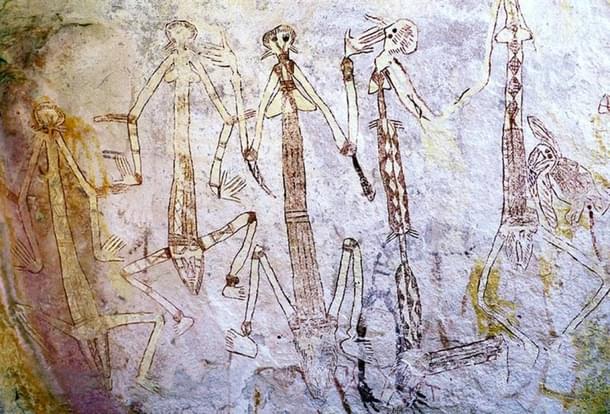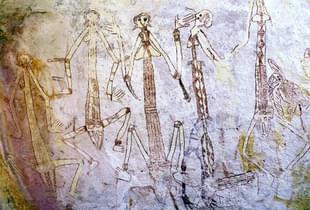Insta
Australia: Rio Tinto CEO Resigns After Backlash Over Destruction Of 46,000-year-old Sacred Indigenous Site
Swarajya Staff
Sep 11, 2020, 06:00 PM | Updated 06:00 PM IST
Save & read from anywhere!
Bookmark stories for easy access on any device or the Swarajya app.


Jean-Sébastien Jacques, the chief executive of global mining giant Rio Tinto, has resigned under pressure from investors over the company's destruction of a 46,000-year-old heritage site in Juukan Gorg.
Jacques will leave once his successor is chosen or at the end of next March, whichever date comes first, the company announced.
The company said two other executives -Chris Salisbury, head of the iron ore business, and Simone Niven, group executive for corporate relations, will also leave Rio.
"What happened at Juukan was wrong," Rio Tinto chairman Simon Thompson said in a statement, referring to the destruction of two rock shelters in Western Australia that contained artifacts indicating tens of thousands of years of continuous human occupation.
"We are determined to ensure that the destruction of a heritage site of such exceptional archaeological and cultural significance never occurs again at a Rio Tinto operation," Thompson added.
On May 23, the world’s biggest iron ore miner damaged the two historically significant sacred caves, against the wishes of the Aboriginal Traditional Owners, which sat atop a high grade ore body it planned to mine.
The rock shelters, in the Hamersley Range in the Pilbara region of Western Australia, were damaged in a mining blast undertaken as part of the expansion of Rio Tinto’s Brockman 4 iron ore mine, despite the Puutu Kunti Kurrama and Pinikura people (PKKP),repeatedly saying they wanted to preserve the site.
Rio is said to have obtained ministerial consent to destroy or damage the sites from the Western Australian government under that state’s Aboriginal Heritage Act in 2013.
Rio also resolved to conduct its own independent board review into the incident, due to be completed in October, and has pledged to make the findings public. The company also said that PKKP had signed a financial agreement with Rio Tinto in 2011, and again in 2013, not to oppose any applications to destroy or damage heritage under section 18 of the Aboriginal Heritage Act.





